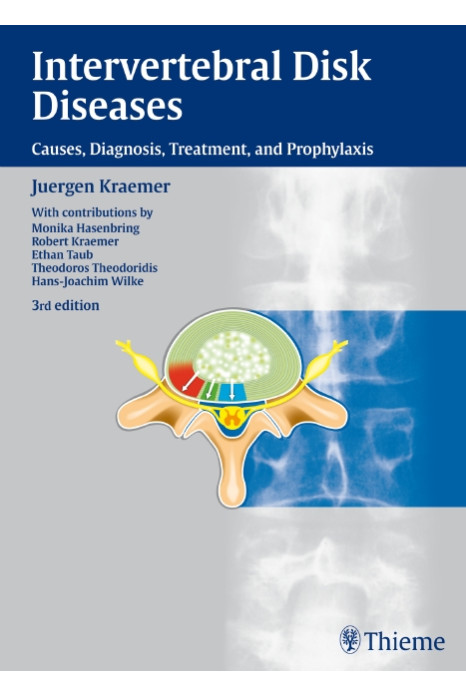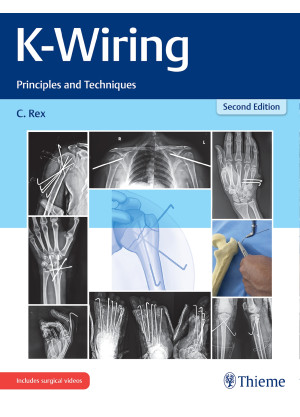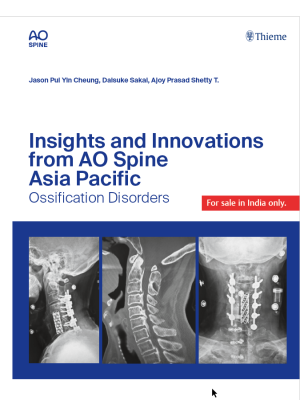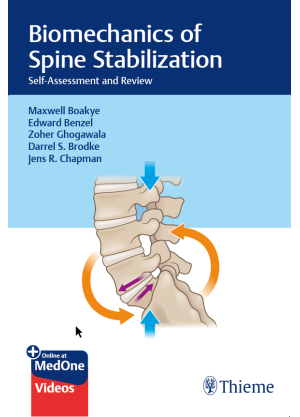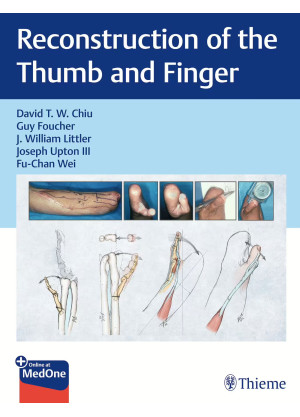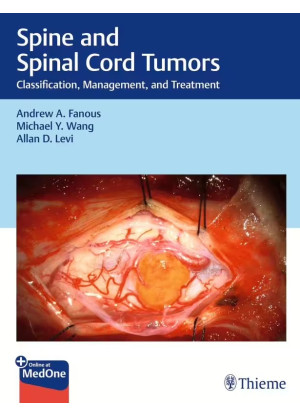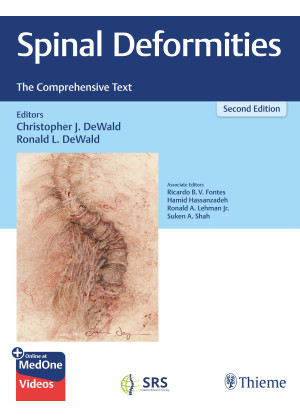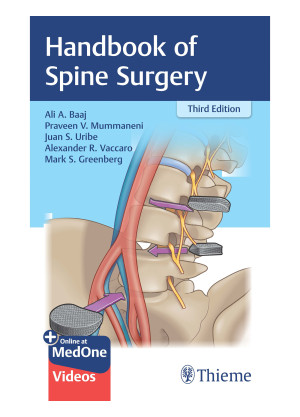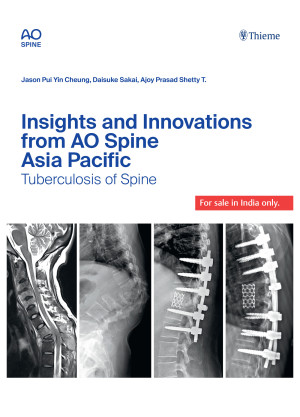The definitive guide to intervertebral disk diseases
The new edition of this book provides the current information on the diagnostic techniques and therapeutic approaches that will help clinicians optimize care for patients with intervertebral disk disease. The book covers the full range of problems frequently encountered in the clinical setting, including traumatic injuries, non-degenerative disk-diseases, and the numerous clinical syndromes of the cervical, thoracic, and lumbar spine.
For each syndrome, the book provides the definition and prevalence, anatomy, biomechanics, pathological anatomy and pathophysiology, clinical presentation, and the conservative and surgical treatment options.
Features of the third edition:
- New information on the biomechanics of the spine, pain management recent advances in spinal injection techniques, and microsurgical treatment of lumbar disk herniation
- More than 560 high-quality illustrations and images, including MRIs, demonstrating key concepts
- In-depth coverage of essential background information for management, rehabilitation, and preventive treatment
- Comprehensive online references to aid further research
With its accessible presentation and comprehensive scope, this book is a valuable reference for all practicing physicians, specialists in spine surgery, orthopaedists, neurosurgeons, and residents in these specialties.
Contents
- Introduction
- History and terminology
- History
- Terminology
- Anatomy and pathology
- Clinical syndromes
- Epidemiology
- Lifetime prevalence
- Point and annual prevalence
- Localization and frequency
- International figures
- General anatomy, physiology, and biomechanics
- Development of the intervertebral disk
- Anatomy
- Fine structure and biochemistry
- Biomechanics
- The disk and the intervertebral joints
- Therapeutic approaches
- Non-degenerative disk diseases
- Developmental disturbances
- Inflammatory and infectious disorders
- Tumors
- Involvement of the intervertebral disks by systemic illness
- Diskosis
- Definition
- Classification
- Etiology
- Pathogenesis
- Biochemical changes of aging
- The biomechanical basis of disk tissue displacement
- Effects on the osmotic system
- Instability of the motion segment
- Prediscotic deformities
- Traumatology
- Etiologies and types of spinal injury, and the role of preexisting degenerative changes
- Sprains of the motion segment
- Isolated traumatic disk rupture
- Vertebral body fracture with injury of the intervertebral disk
- Pain: its pathogenesis and chronification
- Local and radiating pain
- Nerve supply of the spine
- The foramino-articular region
- Discogenic pain
- Spine deformities without pain
- Pain arising from the posterior longitudinal ligament
- Radicular pain
- Intervertebral joint pain (facet syndrome, pseudoradicular syndrome)
- Muscle pain
- Combined types of pain
- Nociception and chronification
- Chronification
- Pharmacological pain therapy
- Cervical syndrome
- Definition and prevalence
- Special anatomy and physiology of the cervical motion segments
- Biomechanics
- Special pathoanatomy and pathophysiology
- Clinical features of cervical syndromes
- General differential diagnosis
- Classification of cervical syndromes
- Treatment of cervical syndromes
- Special patient exercises, rehabilitation, and back school
- Treatment planning
- Thoracic syndrome
- Definition and prevalence
- Special anatomy, biomechanics, and pathoanatomy of the thoracic motion segments
- Classification
- Clinical features of thoracic disk prolapse
- Intercostal neuralgia
- Differential diagnosis
- Treatment
- Lumbar syndrome
- Definition and prevalence
- Special anatomy of the lumbar motion segments
- Special biomechanics of the lumbar spine, by H. J. Wilke
- Special pathological anatomy and pathophysiology
- Clinical features of lumbar syndromes
- Clinical syndromes
- The treatment of lumbar syndromes
- Spontaneous course
- L5/S1 case illustration: prolapse with infradiscal extension and spontaneous resorption
- L4/5 case illustration: spontaneous resorption of an infradiscal L4/5 disk prolapse
- The spine and the mind
- Psychosomatic processes
- Mind-body interactions as described in the literature
- The spine as a projective field for mental disturbances (psychosomatic changes)
- The effect of disk disease on the mind (somatopsychic changes)
- The deliberate instrumentalization of disk disease
- Psychotherapy, relaxation techniques
- Back school
- The biomechanical principles of back school
- Exercise in a pain-free range of motion (EPFRM)
- Exercise and nociception
- Which exercises are suitable?
- EPFRM units
- Sports
- Introduction, literature
- Sports and the cervical spine
- Sports and the lumbar spine
- Sporting activities that are good and bad for the intervertebral disks
Index
